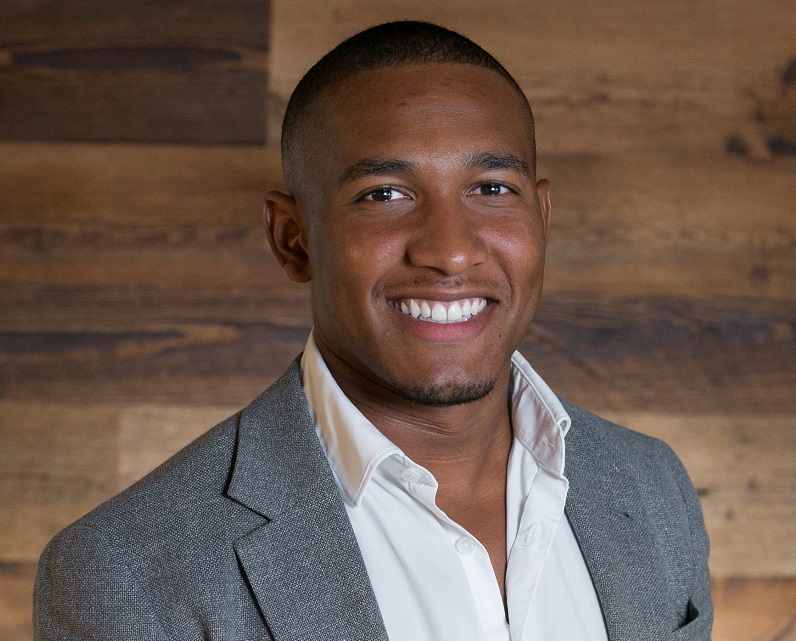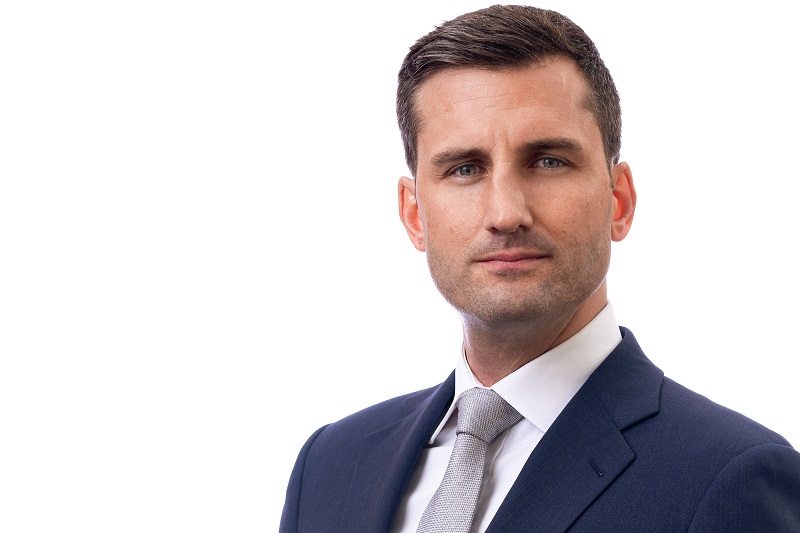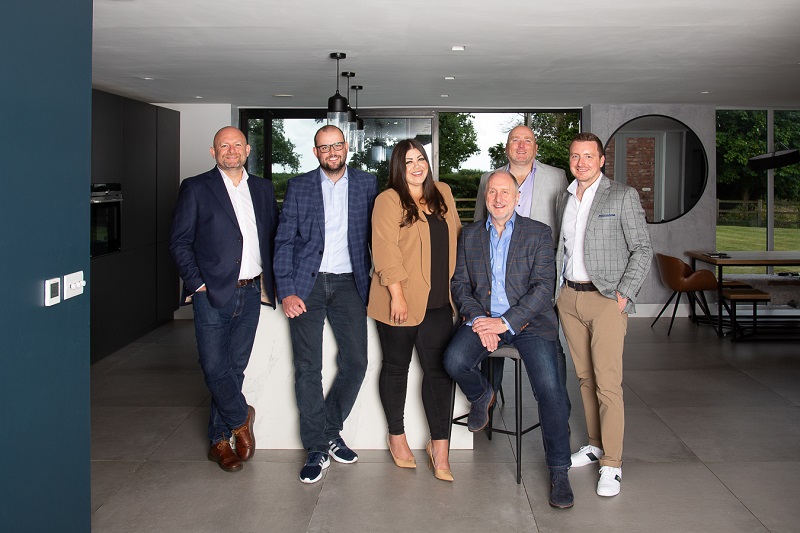Recruiting more people into technology from diverse backgrounds requires a different approach to hiring, according to James Hendrickson, Director of CSR, ESG and Sustainability at Udacity. He explains why talent acquisition and CSR teams should stop working in silos and how Udacity’s programmes provide opportunities for underrepresented groups.
Introducing yourself as Robin Hood – taking from the rich to give to the poor – might not seem the best way of selling your services to businesses.
But, in James Hendrickson’s case, it helps to get his message across, something he very much enjoys as part of his role as Director of CSR, ESG and Sustainability at global online training provider Udacity.
In comparing himself to the famous outlaw, he tells companies: “I’m here to take your money and give it to people that are in more need, or from underrepresented backgrounds, to satisfy the same business goals that you’re approaching.
“First and foremost, statistics suggest that diversity increases the bottom line. Equally, supporting metrics indicate that when organisations are more diverse and inclusive, people are happier, feel more engaged and stay longer.
“Secondly, people have a commitment to society, which has been recognised by the United Nations Sustainable Development Goals (SDGs).
“It’s, therefore, a win-win on both fronts.”
Pledge to Equality
Udacity’s mission is to train the world’s workforce in the careers of the future. To this end, it offers a series of ‘Nanodegree’ programmes. These consist of online courses and real-world projects, including AI, machine learning, data science, autonomous systems and cloud computing. To date, Udacity has more than 15.4 million learners in 240 countries.
Helping those from underrepresented backgrounds is a top priority, says Hendrickson: “Last year we launched our Pledge to Equality Scholarship programme, in which we offered 1,000 technology scholarships to those from a Black or underserved community background, to allow them to gain some job-ready skills to empower them in the workplace.”
The take-up was a mix of 56% male, 42% female and 13.1% LGBTQ. The majority, 55%, were not in full-time employment, while 24% were unemployed. So far, the Pledge to Equality students have completed 1,100 Nanodegree projects.
Udacity was overwhelmed by the interest, as Hendrickson explains: “It wasn’t just from those that had no real educational background. It spanned young people who had no interest in education previously, through to Harvard and Yale graduates who were not gaining the opportunities they thought they could access.
“We set the target of hiring five people in from the first wave of scholarships but ended up hiring seven as interns at Udacity.
“We have since gone on to launch a Women in STEM initiative. While there is no quick fix to this challenge, we’ll be focusing on where we can have the biggest impact immediately.”
Diversity challenge
Hendrickson cites unconscious bias within the industry as the main stumbling block to underrepresented groups accessing tech roles. Tech organisations tended, for example, to recruit talent from Ivy League universities in the US or the Russell Group of universities in the UK.
“And we know that there is a core systemic diversity challenge within those institutions,” Hendrickson argues. “If you’re a top tech organisation fishing from a talent pool that’s already depleted, that’s going to be a challenge.”
He believes that there needs to be a different approach to recruitment, one that removes the silos between the Talent Acquisition and Corporate Social Responsibility (CSR) teams so that they work together.
“That’s part of what we’re doing with our scholarship programmes, working with enterprises to train to hire,” Hendrickson reveals. “Upskilling people in the community as part of their CSR. And what we’re seeing is that the trained to hire approach not only satisfies the digital initiatives within the organisation, but they also have the ability to impact what’s happening in society.”
Asked whether diversity, equity and inclusion fitted within the social or governance aspects of ESG within organisations, he answers that it should be both because “if you apply the social lens first, it doesn’t allow you to measure the governance. I believe that DEI sets up how you govern your business.”
Role models
Hendrickson also believes that role models are essential for showing those from diverse backgrounds that the door is open to a career in technology. Equally, those who have made it should be prepared to make themselves available to mentor and give guidance.
Hendrickson, who comes from a minority background, says his biggest inspiration was his father. “My dad came to the UK from the Caribbean in 1974, when he was 16 years old with nothing and worked in a factory.
“Seeing him progressing his career to owning small businesses and a couple of properties has been truly inspirational for me. He always said, ‘I’m here for you to get an education, then I’m going to be on my bike’. That’s exactly what he did. The second I graduated, he’s back in the Caribbean drinking rum and playing dominoes.
“I also want the opportunity to use all my skills to accelerate my career, to be able to put my feet up in my early 60s.”
Udacity plans to scale up its programmes, including its Pledge to Equality Scholarships, initially offered in the US. “Stanford lecturer Sebastian Thrun founded our business,” says Hendrickson. “He had this idea that there had to be more talent than just the 40 privileged few that are in the classroom. So, he put his first Introduction to AI course online and had 160,000 people sign up. A couple of hundred performed better than his best Standford student.
Access for talent
“Democratising education has to happen. For us, at Udacity, it is about how we take a model that we know works and scale it to create talent that didn’t exist previously from those that didn’t have access.”
Hendrickson has not found it difficult to implement the programmes. First, he works with enterprises to define their demographic focus, geography and type of technology. Then it is a simple matter of advertising. And there is certainly the demand. A small scholarship launched with the Blacks in Technology Foundation in the US on a Monday had received over 1,000 applications by the following day.
“It’s a similar story where we work with customers in Europe,” Hendrickson adds. “There is never a shortage of people that want to upskill in technology. It’s just about taking the same programmatic approach we offer to our clients.
“Digital transformation is here to stay. There is also a massive skills shortage within STEM, fuelling competition for talent across all industries. When you apply the diversity lens, the number of skilled talent drops even further. Organisations need to look at the methods for creating and attracting talent.”
Finally, Hendrickson wants to remind businesses that when creating a product or service for wide consumption, diversity is essential to developing it successfully.
“Organisations might question why they need to change but, ultimately, it comes back to the impact on society. Firstly, you have the opportunity to have a wider impact, which increases your brand representation.
“Diversifying your thinking, talent and ways of working results in higher revenue and talent retention.
“If you take the capitalist mindset of ‘I have a lot of money already’, this is an opportunity to have more.”









